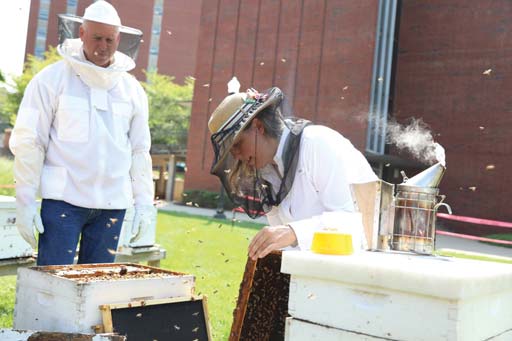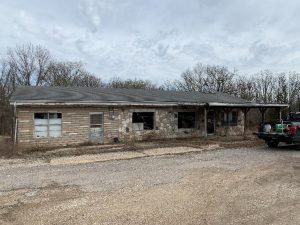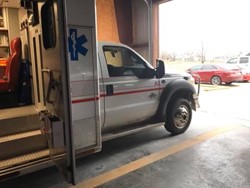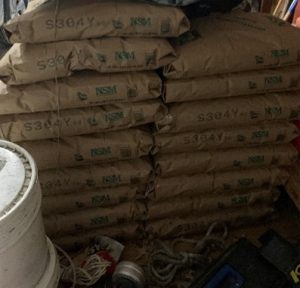By: Tammy Horn Potter
Short History of your state Apiary Program: The State Apiarist position was created by the State Legislature in 1986, but the position was not filled until Phil Craft was hired in 1999. Sean Burgess was hired in 2012. Tammy Horn Potter was hired in 2014.
2-3 Interesting facts about your program: Since it is a non-merit position, the State Apiarist has a lot of flexibility. Tammy Horn Potter has prioritized hive health, and that decision has led to grants that help with virus identification, queen production and diversity, and the USDA Honey Bee Health Survey to establish a baseline of hive health.
Overview of beekeeping in your state – Honey production, crop pollination etc. Mirroring the national profile of beekeeping, Kentucky beekeeping is primarily hobbyist, with approximately 92% having hives in backyards, a sideliner group that is approximately 6-7% aimed at specialty markets, and then the commercial beekeepers make up the remaining 2% that pollinate watermelons, pumpkins, strawberries, and other crops.
# of Beekeepers: 2500 approximately
# of Colonies: 50,000 approximately
Upcoming (or recent) events in your state: Covid-19 has forced many cancellations
Share a short story from an exciting day on the job- (could be a best, worst or anywhere in between) A goal of mine is to help beekeepers know what they are putting in the honey bottles, and know what is going on inside their hives. I have worked on four grants with different agencies or beekeeping associations. The most recent grant with a lot of potential to help beekeepers in Kentucky is a KY Agriculture Development Board grant that funds University of KY Dr. Clare Rittschof to provide virus information to beekeepers. There is a research component to this grant, since it is also tied to the floral resources through the agricultural season. This grant was just awarded in Feb. In the past year, I have been able to work with four different groups to have four grants awarded: one for honey marketing, one for queen diversity, one for honey testing, and now the virus-testing lab.







